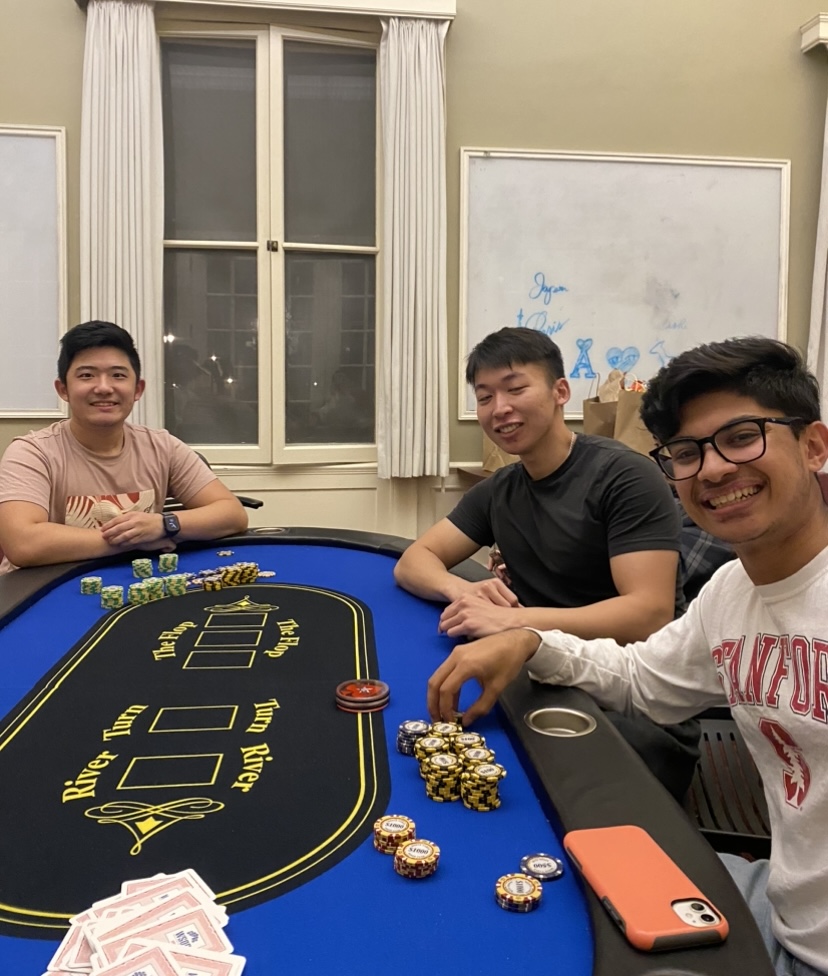I have been playing Texas Holdem Poker on a weekly basis with my friends, after being introduced last winter. I play 0.5/1 and 1/2 stakes at home games, and occasionally 1/3 at casinos. Poker, at its core, is a blend of skill, strategy, and chance. It is a seemingly simple game that’s deceptively complex. Every hand dealt constantly tests one’s ability to weigh risks against rewards. A hand is similar to a multi-dimensional puzzle in a game, where the player must balance probability, competitors’ actions, and the representation of the strength of your cards.

The mathematics of poker center on the understanding of probability and odds. The determination of whether to call, raise, or fold is largely based on your estimated chances of victory, often hinging on drawing the right card from the deck. However, the randomness of poker entices a thrilling layer of uncertainty. Just as with slot machines, lotteries, and roulette, the chance factor in poker creates an environment that fosters addiction. There’s a dopamine rush each time a card is flipped, a sense of euphoria when a long shot pays off, mirroring the psychological mechanisms behind gambling addictions. This risk is often underscored by the bluffing aspect of poker, where human psychology intertwines with hard probability. The possibility of outplaying luck can sometimes blind players to their mathematical realities, making them prone to making reckless decisions. However, unlike purely luck-based games, poker’s allure rests also on the strategic element. It’s not merely about the draw, but also about reading the room, interpreting opponents’ behaviors, and making calculated choices based on incomplete information. This interaction creates a social dynamic, reinforcing the addictive nature of the game, as players strive not just to win, but to outsmart their opponents.



